Sustainable wellbeing and green living
Let's find ways to Flourish!
Preserving the Harvest
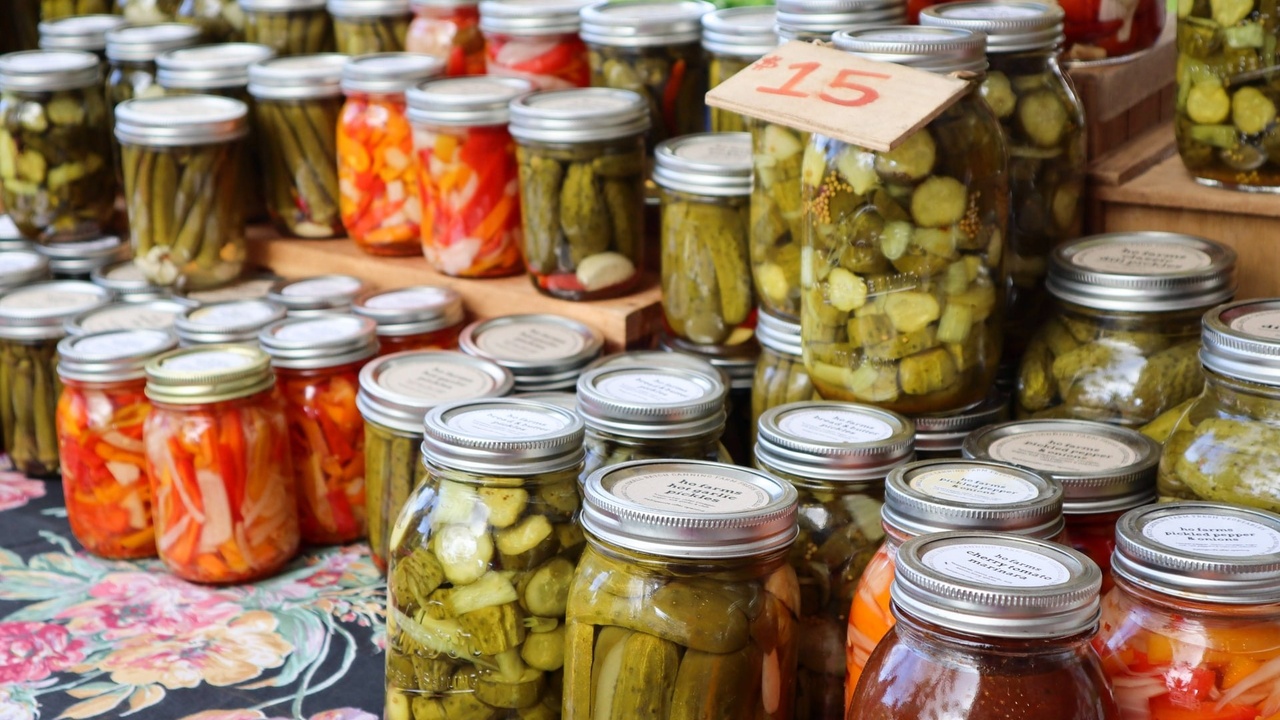
As much as I hate to admit it, I am just not that great a gardener. Sure, I grow herbs and tomatoes every year and love to harvest my grapes, beyond that I don't have a great deal of interest in gardening. And yet, I do love to put away fresh produce to enjoy in the winter months!
Yes, it can be sad to see the summer go, but there is plenty to be excited about as we transition into a new season!
There’s nothing like enjoying fresh and delicious produce that has been grown locally. Bonus points if you grew it yourself – it’s always a good feeling when your hard work in the garden pays off.

You might be wondering “what’s so good about local produce?” Well, locally grown produce is good for the planet, the local economy, and your taste buds. If you’re interested in learning more about why you should be eating local produce or how you can access it – check out these articles on farmer’s markets, community supported agriculture, and community gardens.
The only downside of local prod...
Little Free Libraries Build Community
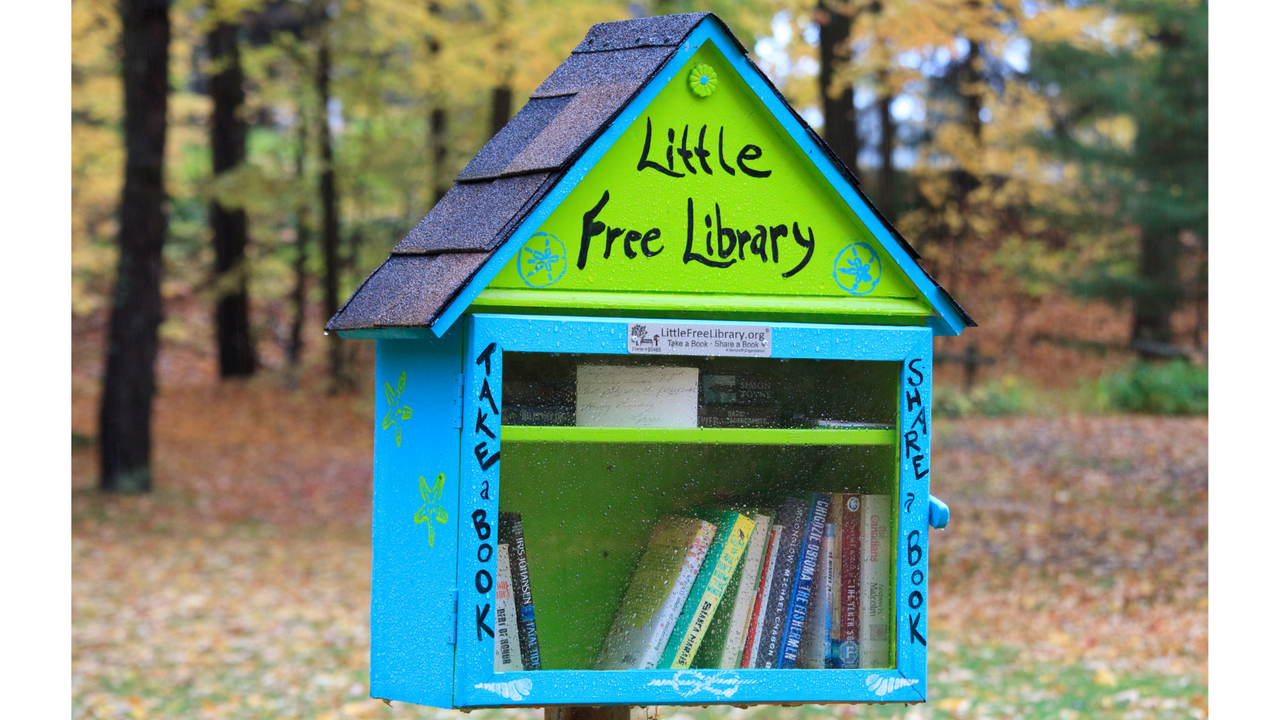
Are you looking to pick up a couple new books this summer? Before you head to the bookstore and buy something new, keep an eye out for Little Free Libraries in your neighbourhood! Little Free Libraries are collections of books which are housed in public bookcases. You may find these bookcases in public spaces such as parks or outside commercial buildings, or even in your neighbours’ yards.
There’s a chance you may have come across these unique structures in the past. Perhaps you have been unsure about how they work or if the contents of the bookcase are actually free to take. After all, if you are not too familiar with the concept it can feel quite strange to grab a book without signing it out or paying. Rest assured, these public bookcases are filled with books that are completely free to take – no strings attached!
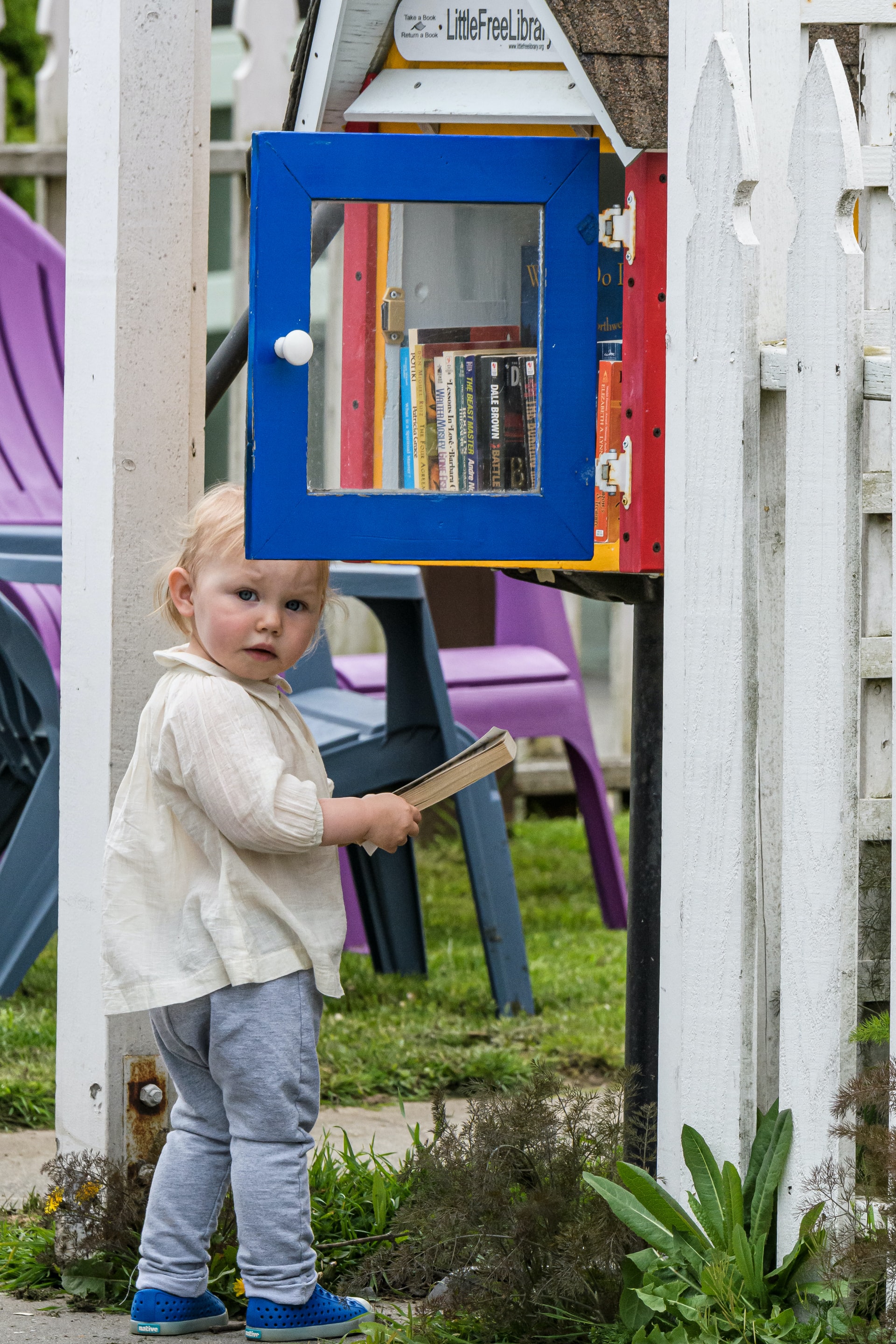
While some public bookcases may be unmarked and unaffiliated with any organization, bookcases which are branded as Little Free Libraries are registered with the Little...
Soil to Silk with Madhulika Choudhary

I had the pleasure of chatting with Madhulika Choudhary who has become a slow silk producer in rural India after inheriting a plot of land from her father. She had fond memories of spending time in the village where her family is from, with its local pond full of fish and children playing.
But when she returned 20 years later, the pond was no longer thriving. Western agricultural practices had taken over, including the pressure to use chemical pesticides and fertilizers. These new advances left the producer with high input costs as they produce non-traditional crops, but it also meant the loss of fish and wildlife as chemicals ran off into the nearby waterway.
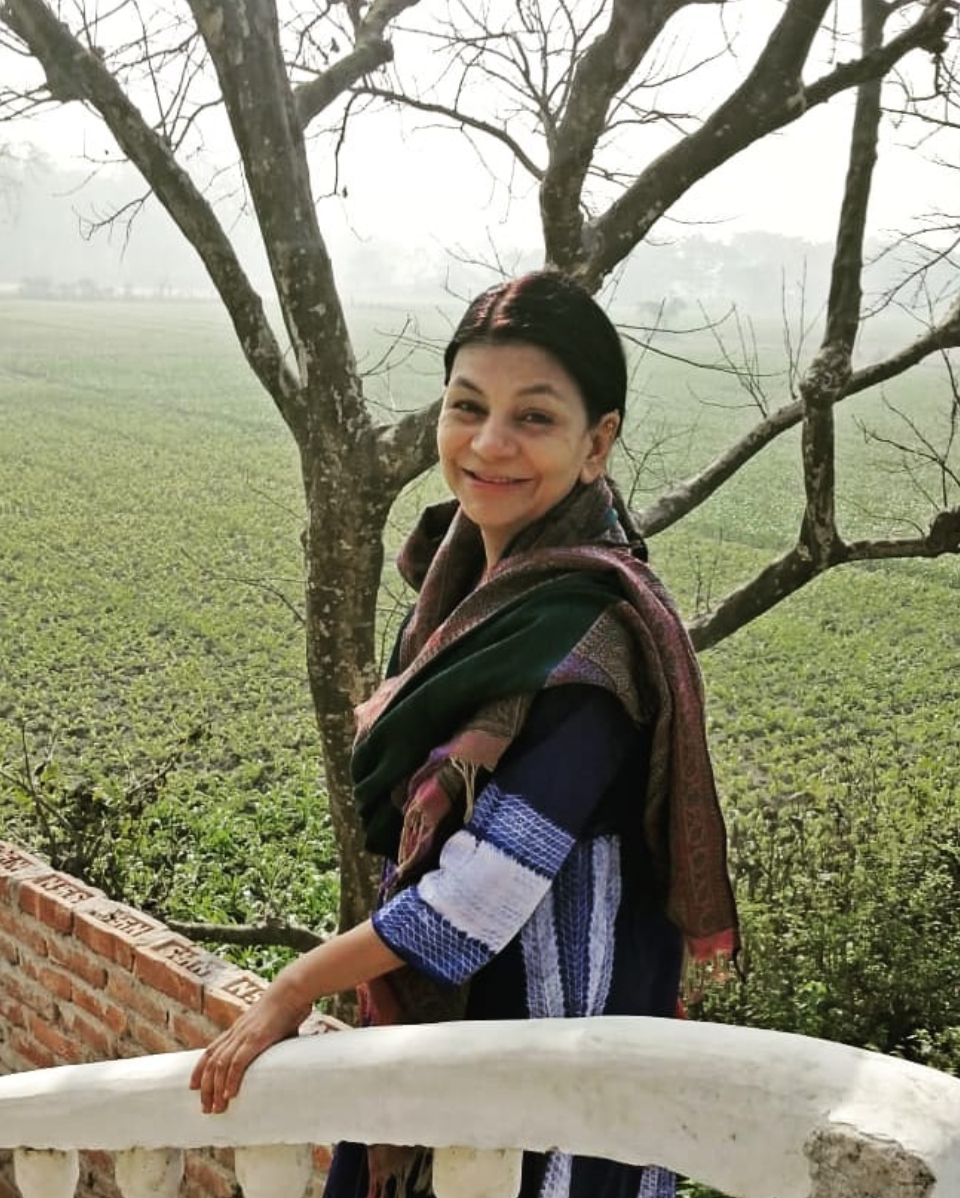
The mulberry crop to be fed to the worms is organically grown, Madhulika Choudhary.
Madhulika had plenty of experience working in underserved communities and knew a little about the textile industry, so she took the opportunity to bring a traditional practice of Sericulture, or silk farming to her family's historica...
Tool Lending Libraries
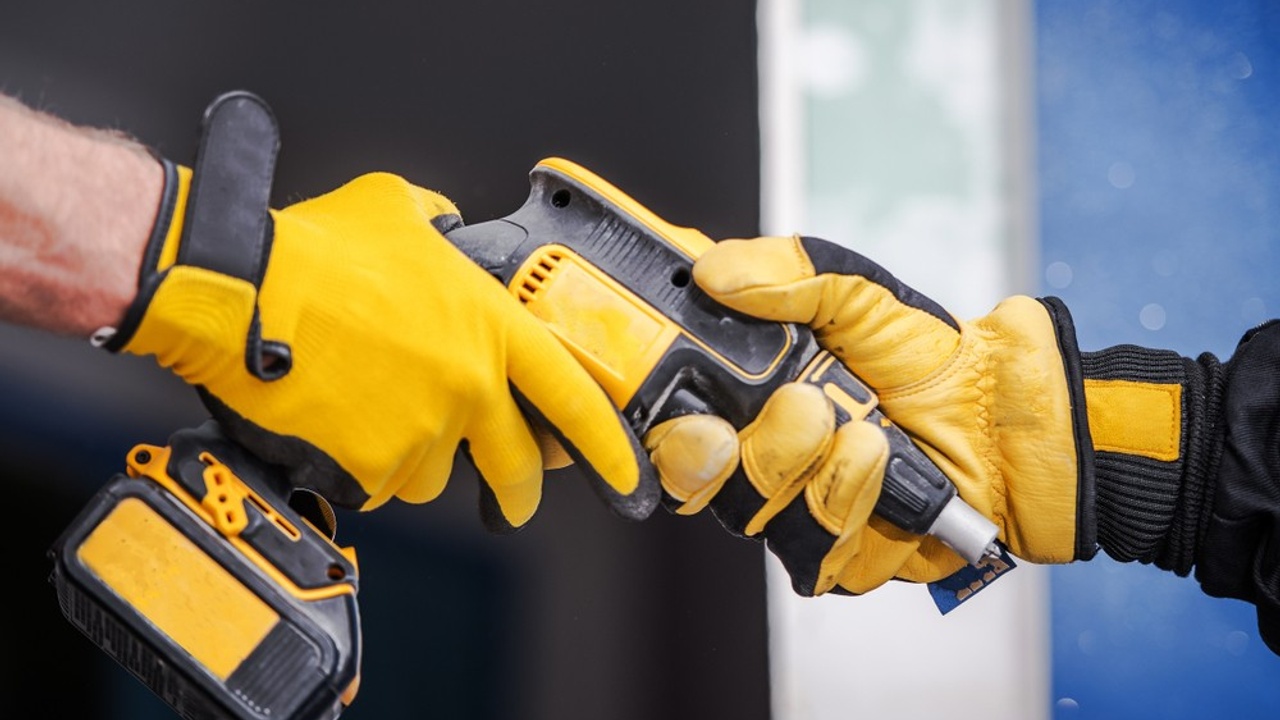
When you hear the word “library” what do you think of? A building or room full of books, films, and magazines that you can rent or borrow? You’re not wrong…but that isn’t the only kind of library out there! Home and garden tool lending libraries are another increasingly common type of lending library. While formal tool lending libraries have been around since the 1970s, informal ones have been around for much longer. If you’ve ever borrowed a tool from a neighbour or lent one of yours out to a family member or friend, you’re already quite familiar with the concept of a tool lending library!
The only difference is that formal tool lending libraries are on a larger scale, likely contain a wider variety of tools, and are often run by a local government agency or non-profit organization.
How do tool lending libraries work?

Tool lending libraries generally offer annual memberships that may cost anywhere from 25 to 100 dollars, depending on the services provided. As a member, you are th...
Freecycle

What to do with stuff that we no longer need? Chances are, you’ve been in this position before and have had to decide on the best course of action when it comes to getting rid of things you no longer need. Although the answer may seem straightforward to some, there are pros and cons associated with almost every method of disposal.
For example, while throwing out an item is the easiest and fastest option, it is usually the worst option for the environment and wasteful if the item is still in good repair. On the other hand, donating your things allows them to be used by others, but there’s a chance they will be sent to the landfill anyways if they don’t end up selling. Perhaps there is another alternative…
Freecycle
Freecycle is a grassroots and 100% non-profit network of people who are looking to give and receive stuff for free in their area. This movement works to ensure that good-quality and fully functioning items stay out of the landfill and service people in need. This is a grea...
Community Supported Agriculture

If you’ve eaten locally grown produce, you’ll know that it tastes much more flavourful and fresher than anything that has been imported to the grocery store. This is due to the fact that local produce is not picked before it is ripe, it travels short distances, and many local farms forgo the use of harmful pesticides and herbicides. How can you go about obtaining local produce? While farmer’s markets and growing your own fruits and vegetables are always an option, you may want to look into local farms that offer Community Supported Agriculture programs!
What is Community Supported Agriculture?
Community Supported Agriculture (CSA) is a process that involves farms growing and distributing their healthy and nutritious produce, which is often organic, to members of the community. Community members are able to select a CSA farm of their choice and pay for a “share” at the beginning of the growing season. These funds go towards the equipment, materials, and labour that are required during...
Farm-to-Table

When you sit down for a meal, are you able to identify where each food item on your plate came from? Do you know the food’s country of origin, the location of the farm from which it was grown, or the names of the farmers who grew it? For most of us the answer is generally, “no”. As consumers we have become more and more detached from the food we consume, and we generally have no idea where our food actually comes from.
Our relationship to food
When walking into a grocery store or having your food served to you at a restaurant, it may seem like the produce and food products have arrived there by magic. Of course, people know that the food presented before them has been grown by farmers, processed, packaged, and delivered to stores, but there is often a severe lack of understanding about the agricultural process. Details about how the food was grown, who grew it, and how it was harvested are often unknown by us, the consumers, and contributes to the disconnect between people and the fo...

